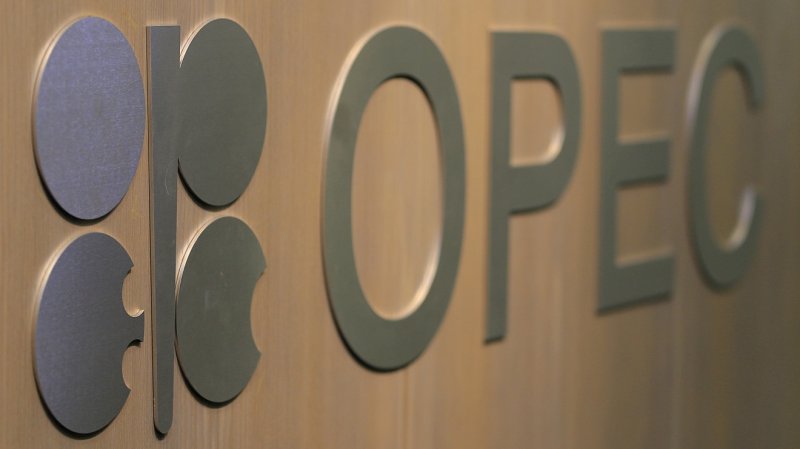
The price of OPEC basket of thirteen crudes stood at $50.98 a barrel on Wednesday, compared with $51.46 the previous day, according to OPEC Secretariat calculations.
The OPEC Reference Basket of Crudes (ORB) is made up of the following: Saharan Blend (Algeria), Girassol (Angola), Oriente (Ecuador), Rabi Light (Gabon), Iran Heavy (Islamic Republic of Iran), Basra Light (Iraq), Kuwait Export (Kuwait), Es Sider (Libya), Bonny Light (Nigeria), Qatar Marine (Qatar), Arab Light (Saudi Arabia), Murban (UAE) and Merey (Venezuela).
Meanwhile, Market Watch reports that crude prices slipped Thursday after data showed a stronger-than-expected increase in U.S. crude and distillate fuel stocks at a time when oil exports out of the Middle East are surging.
On the New York Mercantile Exchange, light, sweet crude futures for delivery in February CLH7, 0.25% traded at $52.16 a barrel, down 9 cents in the Globex electronic session. March Brent crude LCOH7, 0.53% on London’s ICE Futures exchange was flat at $55.10 a barrel.
For the week ended January 6, U.S. domestic crude stockpiles rose by 4.1 million barrels to 483.11 million barrels, a much larger growth than forecast by most analysts. Gasoline stocks rose by 5 million barrels and distillate fuels surged by 8.4 million barrels.
“Imports were the biggest driver behind last week’s crude build,” said S&P Global Platts. Energy Information Administration report showed the U.S. shipped in about 9.1 million barrels per day last week, up 1.9 million barrels per day from the previous week.
However, the same week also saw strong refinery runs of 17.1 million barrels per day, an increase of 418,000 barrels a day from the week before. The jump indicates a robust demand for U.S. oil products.
The EIA data also showed American oil producers added 176,000 barrels a day in same week, pushing the total to 8.95 million barrels, the highest since mid-April last year.
“With prices steadily rising, it is logical to see more investment being poured back into the upstream operation. But this will also take time,” said Gao Jian, an energy analyst at SCI International.
A strong influx of U.S. oil into the market is a top concern for many oil investors after the Organization of the Petroleum Exporting Countries and 11 non-cartel producers agreed to a pact to cut their production in early December. A sharp rise of U.S. oil into the market could derail OPEC’s plan by prompting participating members to produce beyond their output quota.
The pact went into effect this month and will undergo a review in six months. According to BMI Research, initial compliance to the agreement appears to be positive, with current compliance level seen at around 73% based on the firm’s own calculations.
“However, we note the Gulf Cooperation Council countries that have reportedly enacted the bulk of the production cuts are currently in the lowest domestic demand period of the year,” said the firm, hinting production could veer upward when demand increases.
Meanwhile, Libya which is exempted from the pact, hiked production to around 700,000 barrels as of early January, more than tripling the level seen in the same period last year.
“The increases by smaller countries are not significant enough to interrupt the rebalancing process,” said Grace Liu, head of research at the Hong Kong-based Guotai Junan International, adding that investors should set their eyes on heavyweight producers such as Saudi Arabia and Russia who are reportedly sticking to their pledges to cut output.
Nymex reformulated gasoline blendstock for February RBG7, 0.52% — the benchmark gasoline contract — rose 13 points to $1.5942 a gallon, while February diesel traded at $1.6553, 29 points higher.
ICE gasoil for February changed hands at $488.25 a metric ton, up $1.25 from Wednesday’s settlement.
Source: Opec/ MarketWatch


























